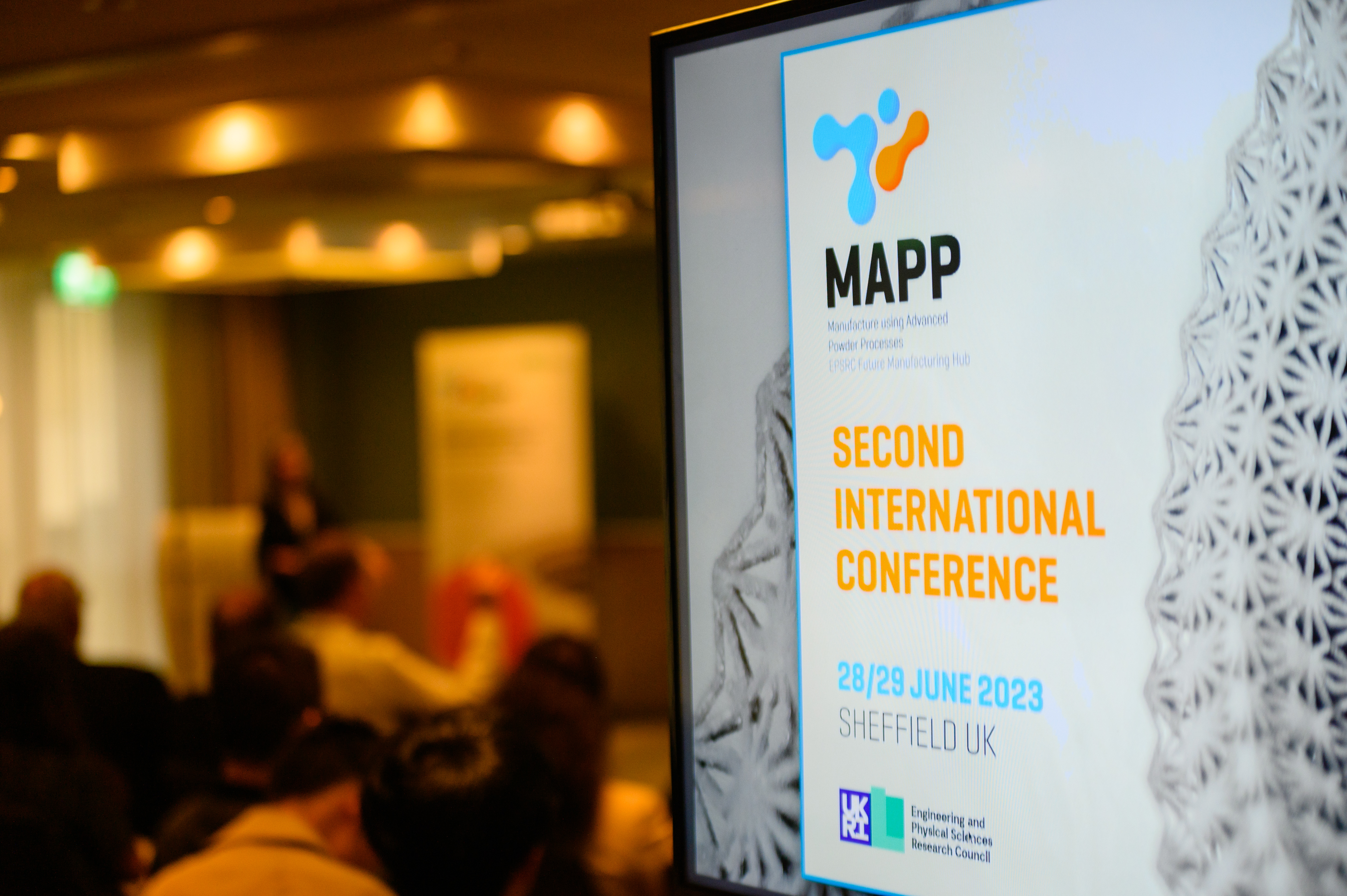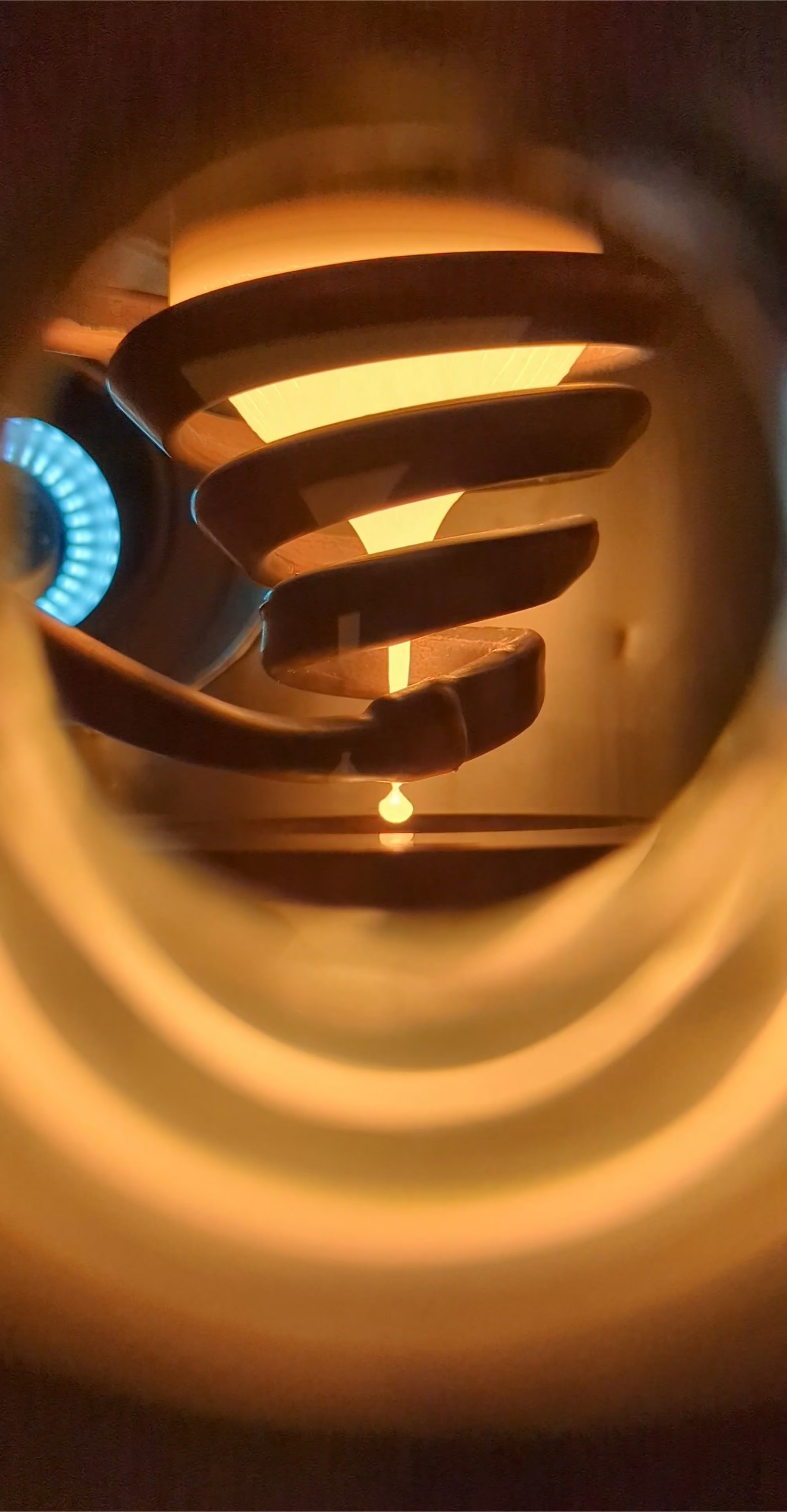All News /
News:
MAPP research featured on the Real Engineering YouTube Channel
30 / 10 / 19
The Real Engineering YouTube Channel has published a video giving insight into metal 3D printing.
The Material Science of Metal 3D Printing includes high speed footage of the laser melting process, taken at the UK's synchrotron at the Diamond Light Source, Harwell, Oxfordshire.
For this research, the team, led by Prof Peter Lee, MAPP Executive and lead for the X1 research theme in MAPP – ‘In-situ Process and Performance Characterisation,’ created a novel Laser additive manufacturing (LAM) process replicator, the LAMPR, which allows them to image and quantify the formation of the melt track as the layers are printed during AM.
The LAMPR was designed to fit on the beamline and mimics a commercial LAM system, with windows that are transparent to X-rays, allowing scientists to see right into the heart of the LAM process as it takes place. They used X-ray radiography with high temporal and spatial resolution to uncover key mechanisms of laser-matter interaction and powder consolidation during LAM, including the formation and evolution of melt tracks, spatter patterns, the denuded zone (a powder-free zone) and porosity in the deposited layers. The time-resolved quantification of the pore and spatter movements gave crucial information of their flow velocities and direction, which are not possible to acquire using other techniques.
The results of these experiments clarify aspects of the physics underlying LAM, which are crucial for its development. The previous hypothesis was that the formation of surface porosity on finished objects was due to incomplete melting or insufficient liquid feeding. However, this research shows that it is formed via a pore-bursting mechanism. Pores near the surface escape into the atmosphere, leaving behind a surface depression.
The footage used relates to the publication Leung ACL et al. In situ X-ray imaging of defect and molten pool dynamics in laser additive manufacturing. Nature Communications (2018). DOI: 10.1038/s41467-018-03734-7.
More:
News
-

-
Exploring STEM - 4th May 2023
The MAPP Stand was a hit at the Exploring STEM for Girls event at the Octagon on the 4 May 2023.<...

